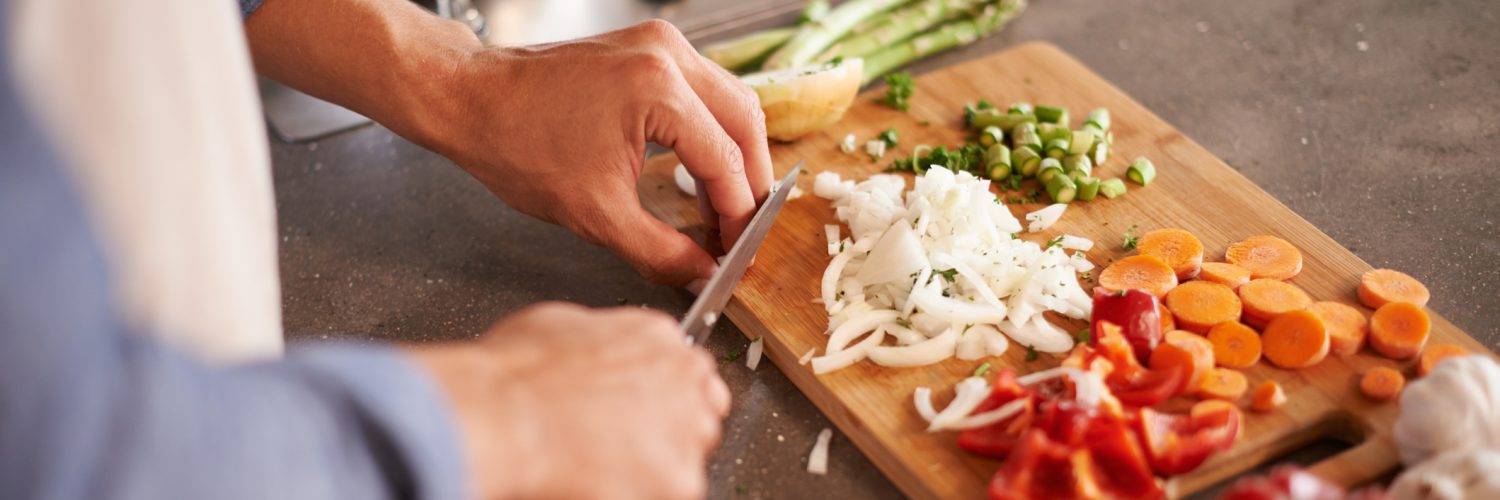Have you ever gone to the grocery store hungry? If so, you may have left with heavier bags and a lighter wallet than expected when you walked in. And despite having a house full of food, have you ever stared at the open cabinets or fridge and still ended up ordering pizza? You are far from alone.
But there is a way to make purchasing and preparing your food quicker and easier, not to mention more cost-effective and nutritious – meal planning. Sitting down once each week and deciding what you will eat will help determine your grocery list and make the entire process much less stressful. Here are a few of the perks of this approach, as well as how to get started:
Make a plan. This first step lays the foundation for the entire week ahead. Pick a time each week that works well for you, make a cup of coffee or tea, and gather your favorite cookbooks or cooking websites. It may also help to have your local store circular handy to see what key ingredients are on sale if that helps you narrow down your choices. Pick a few go-to recipes or some new-to-you ideas and list out which night will be what (i.e., pasta on Monday, chicken on Tuesday, etc.). If you have plans to eat out or order in one night, include that so you make sure each day is covered and you won’t be left staring at the pantry. This approach ensures you’re able to select meals that fit your nutritional goals, too. To simplify your work during the week, check out our next tip.
Maximize leftovers. As you already know, cooking can be time-consuming! Creating a new meal from scratch each day may not be feasible with your schedule, so try to make the most of each session in the kitchen. Instead of just roasting chicken breasts, cook an entire chicken. Then you can use the leftovers the next day – perhaps a salad for lunch or chicken quesadillas for dinner. Stretching something you make into more than one meal can expedite meal prep and cooking while also helping to cut down on costs.
Create your shopping list. Using your meal plan, write up your list, collect your coupons, and head out to the store. Having your organized plan and list will help you avoid impulse purchases and stick to your budget.
Designate a prep session. Similar to setting aside time to plan, carving out a specific chunk of time to prep your foods each week will pay dividends in the days ahead. Put on music or a podcast, and get cooking! Meal prep could include chopping and roasting vegetables, assembling a casserole, starting make-ahead recipes like meatballs or assembling grab-and-go breakfasts and lunches (sandwiches, hard-boiled eggs, salads without dressing, etc.). You’ll be so glad you spent this time later in the week when you’re able to put dinner together in no time at all.
While this approach may feel overwhelming at first, as you get into the routine, it will save you time and money while helping to feed you and your family with healthy, nutritious food. Planning ahead also helps to minimize food waste! By taking the time to plan and prep your meals ahead of time, you ensure you have delicious, satisfying food at the ready, reducing your stress and making your life just a little bit easier!



